Home>Garden Essentials>Why Is My Synthetic Grass Drying Out?
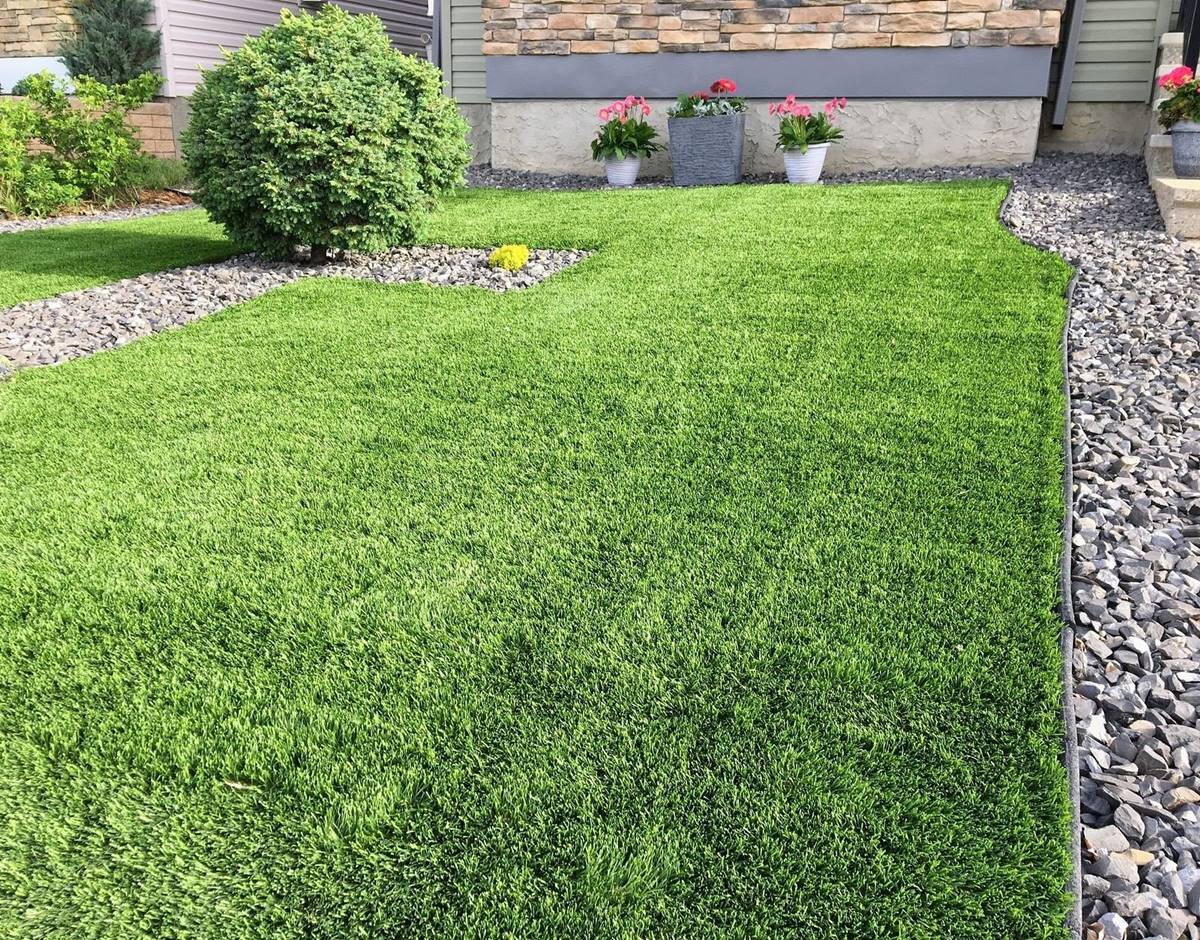

Garden Essentials
Why Is My Synthetic Grass Drying Out?
Modified: March 7, 2024
Find out why your synthetic grass in the garden is drying out and how to prevent it with these helpful tips.
(Many of the links in this article redirect to a specific reviewed product. Your purchase of these products through affiliate links helps to generate commission for Storables.com, at no extra cost. Learn more)
Introduction
Synthetic grass has become increasingly popular in recent years, offering a low-maintenance alternative to natural grass. However, like any other type of landscaping, synthetic grass requires proper care and attention to maintain its lush and vibrant appearance. One common issue that many homeowners face is the drying out of their synthetic grass.
Watching your synthetic grass dry out can be frustrating, especially when you’ve invested time and money into creating a beautiful and functional outdoor space. But understanding the reasons behind this problem can help you take the necessary steps to prevent it from happening and restore your synthetic grass to its former glory.
In this article, we’ll explore various factors that can contribute to the drying out of synthetic grass and provide you with practical solutions to keep your artificial lawn looking fresh and vibrant throughout the year.
Key Takeaways:
- Protect your synthetic grass from drying out by providing shade, proper watering, and addressing drainage issues. Quality synthetic grass with UV resistance is key to a long-lasting, vibrant outdoor space.
- Be mindful of environmental factors, watering, and chemical damage to prevent your synthetic grass from drying out. High-quality materials and proper installation are essential for maintaining lush, resilient artificial turf.
Read more: Why Should You Get Synthetic Grass
Environmental Factors
One of the primary reasons why synthetic grass may dry out is the impact of environmental factors. Natural weather conditions can have a significant influence on the condition of your artificial lawn.
Excessive exposure to sunlight and high temperatures can cause the synthetic fibers of the grass to become brittle and dry out. Over time, this can lead to a faded and lifeless appearance. Additionally, strong winds can exacerbate the drying process by stripping away moisture from the surface of the grass.
Another environmental factor to consider is the presence of trees and other tall structures that may cast shadows over your synthetic grass. Lack of sunlight can impede the grass’s ability to absorb energy and grow, leading to dryness and a patchy appearance.
To mitigate the effects of these environmental factors, consider providing shade for your synthetic grass during the peak hours of sunlight. This can be accomplished by strategically placing shade sails, umbrellas, or outdoor structures to limit exposure to direct sunlight.
Additionally, ensuring proper air circulation by trimming any surrounding foliage can help prevent excessive moisture loss due to wind. Regularly monitoring nearby trees and trimming branches that cast shadows on the synthetic grass will also help maintain an ideal environment for its growth.
By understanding and addressing these environmental factors, you can significantly reduce the risk of your synthetic grass drying out.
Lack of Watering
One of the main reasons why synthetic grass may dry out is a lack of watering. While synthetic grass doesn’t require as much water as natural grass, it still needs occasional watering to maintain its vibrancy and prevent drying.
Watering synthetic grass serves two purposes. Firstly, it helps to cool down the surface, especially during hot weather, reducing the risk of the grass drying out. Secondly, it helps to rinse away any dust or debris that may accumulate on the surface, keeping the grass looking fresh and clean.
If you notice that your synthetic grass is drying out, check your watering routine. It’s important to water your artificial lawn regularly, but not excessively. Avoid overwatering, as this can lead to mold growth and damage the underlying layers of the synthetic grass.
A general rule of thumb is to water your synthetic grass for about 10-15 minutes every 2-3 weeks, depending on the climate and temperature. This will provide enough moisture to keep the grass hydrated without overdoing it.
Furthermore, consider investing in a quality irrigation system specifically designed for synthetic grass. This will ensure an even distribution of water across the entire lawn, preventing any areas from drying out due to uneven watering.
By maintaining a consistent and appropriate watering routine, you can prevent your synthetic grass from drying out and maintain its lush appearance for years to come.
Improper Drainage
Another factor that can contribute to the drying out of synthetic grass is improper drainage. Without adequate drainage, water can accumulate on the surface, leading to waterlogging and potential damage to the synthetic grass.
Poor drainage can occur due to various reasons. One common cause is a poorly designed or installed drainage system. If the drainage system is not properly installed or doesn’t have enough outlets, water may pool on the surface and take longer to drain away, resulting in increased moisture levels and the risk of drying out.
To address this issue, it is essential to ensure proper drainage during the installation of your synthetic grass. This includes creating a slope or using a base material that allows water to flow away from the surface. Additionally, installing a drainage system, such as perforated pipes or a gravel base, can help facilitate the efficient flow of water off the lawn.
Regular maintenance is also crucial to prevent improper drainage. Regularly inspect your synthetic grass for any signs of water pooling or areas that are slower to dry. If you notice any issues, such as low spots or compacted areas, addressing them promptly can help improve the overall drainage of your artificial lawn.
In some cases, improving the drainage of your synthetic grass may require professional assistance. If you’re experiencing persistent drainage problems, consider consulting with a landscaping expert who specializes in synthetic grass installation and maintenance. They will be able to assess the situation and provide you with tailored solutions to ensure proper drainage and prevent your grass from drying out.
Excessive Heat Exposure
Excessive heat exposure is another significant factor that can contribute to the drying out of synthetic grass. High temperatures can cause the synthetic fibers to become brittle and dry, leading to a faded and lifeless appearance.
In regions with hot climates or during summer months, the heat can intensify and pose a challenge to maintaining the condition of your synthetic grass. Direct sunlight and prolonged exposure to high temperatures can accelerate the drying out process.
To mitigate the impact of excessive heat exposure, consider implementing the following strategies:
- Shade: Providing shade for your synthetic grass can help protect it from direct sunlight and reduce the risk of drying out. This can be achieved by installing shade sails, planting trees, or strategically placing outdoor structures.
- Watering: Increasing the frequency of watering during periods of intense heat can help cool down the synthetic grass and provide some relief from the hot temperatures. However, be cautious not to overwater, as this can lead to excessive moisture and potential issues such as mold growth.
- Cooling techniques: Implementing cooling techniques, such as misting systems or sprinklers, can help lower the temperature of your synthetic grass. These systems can be set up to release a fine mist of water over the surface, providing a refreshing effect and reducing the risk of drying out.
- Time of use: Consider adjusting the time of day when you and your family use the synthetic grass. Avoid spending prolonged periods on the lawn during the hottest hours of the day, as this can contribute to drying out.
- Heat-resistant materials: If you’re planning to install synthetic grass in an area that receives intense heat, consider opting for heat-resistant materials or incorporating heat-reducing technologies into the synthetic grass itself. These specialized materials are designed to withstand high temperatures and minimize the risk of drying out.
By implementing these strategies, you can help protect your synthetic grass from excessive heat exposure and maintain its lush appearance throughout the year.
Make sure to regularly rinse your synthetic grass with water to prevent it from drying out. This will help to remove any dust, dirt, and debris that can block the drainage holes and prevent water from reaching the roots.
Read more: How To Dry Out Greenery
Chemical Damage
Chemical damage is another factor that can contribute to the drying out of synthetic grass. Exposure to certain chemicals, such as pesticides, herbicides, and cleaning agents, can have a detrimental effect on the synthetic fibers, causing them to become dry and brittle over time.
Chemicals used for gardening purposes, such as weed killers or insecticides, can accidentally come into contact with the synthetic grass during application. If not properly rinsed or removed, these chemicals can penetrate the fibers and lead to discoloration, drying, and potential damage.
Additionally, cleaning agents or solvents used to remove stains or dirt from the synthetic grass can also contain harsh chemicals that may degrade the quality of the fibers. Over time, repeated use of such chemicals can contribute to the drying out and deterioration of the synthetic grass.
To prevent chemical damage to your synthetic grass, consider the following precautions:
- Read and follow instructions: When using chemicals in your garden, always read and follow the instructions provided by the manufacturer. Pay attention to any warnings or precautions regarding contact with synthetic materials, and take appropriate measures to prevent any accidental exposure.
- Avoid direct contact: Take care to avoid direct contact between synthetic grass and any chemicals. When applying pesticides or herbicides, use barriers or protective coverings to prevent overspray or runoff onto the synthetic grass.
- Proper cleaning: When cleaning your synthetic grass, opt for mild, non-abrasive cleaning agents that are specifically designed for synthetic grass. Avoid using harsh solvents or chemicals that can cause damage and contribute to drying out.
- Rinse thoroughly: After using chemicals on or near the synthetic grass, be sure to thoroughly rinse the area to remove any residue. This will prevent the chemicals from seeping into the fibers and causing long-term damage.
- Regular maintenance: Regularly inspect and maintain your synthetic grass to identify any signs of chemical damage. Promptly address any issues to prevent further drying out and deterioration of the grass.
By taking these precautions and being mindful of the chemicals used around your synthetic grass, you can minimize the risk of chemical damage and extend the lifespan of your artificial lawn.
Low Humidity Levels
Low humidity levels can significantly impact the condition of synthetic grass, leading to drying out and a lack of moisture retention. In areas with dry climates or during periods of low humidity, it’s essential to take measures to counteract these conditions and maintain the optimum moisture level for your artificial lawn.
When the air is dry, moisture evaporates more quickly from the surface of the synthetic grass, causing it to dry out faster. This can result in a dull and brittle appearance, making the grass less resilient and prone to damage.
To combat low humidity levels and prevent your synthetic grass from drying out, consider the following strategies:
- Misting or sprinkler systems: Installing misting or sprinkler systems specifically designed for synthetic grass can help increase humidity levels by providing a fine mist or spray of water over the surface of the lawn. This will help to keep the grass hydrated and prevent drying out.
- Regular watering: During periods of low humidity, it may be necessary to increase the frequency of watering your synthetic grass. Consider adjusting your watering schedule to ensure that the grass receives adequate moisture to counteract the dry air.
- Avoid excessive evaporation: To minimize evaporation and maintain moisture levels in the air surrounding the synthetic grass, consider incorporating landscaping features that provide shade, such as trees or pergolas. This will help reduce direct sunlight exposure and create a microclimate that retains more humidity.
- Humidifiers: In regions or climates with consistently low humidity levels, using indoor or outdoor humidifiers can help increase the ambient moisture in the air. This can positively impact the condition of your synthetic grass by preventing excessive drying.
- Monitor and adjust: Regularly monitor the humidity levels in your outdoor environment and adjust your watering and maintenance routine accordingly. Understanding the fluctuations in humidity can help you proactively prevent your synthetic grass from drying out.
By implementing these strategies and ensuring that your synthetic grass receives adequate moisture in low humidity conditions, you can maintain its lush and vibrant appearance throughout the year.
Poor Quality Synthetic Grass
One often overlooked factor that can contribute to the drying out of synthetic grass is the quality of the grass itself. Poorly manufactured or low-quality synthetic grass may not have the necessary durability and resilience to withstand environmental factors and maintain moisture levels effectively.
Low-quality synthetic grass may have inferior materials or inadequate UV protection, causing it to deteriorate more quickly under sunlight and heat. As a result, the fibers may become dry and brittle, leading to a lackluster appearance and potential drying out.
When choosing synthetic grass for your outdoor area, it is essential to opt for high-quality products from reputable suppliers. These products are engineered to withstand the elements and maintain their vibrant color and texture over time.
Here are some key factors to consider when selecting synthetic grass to avoid issues with drying out:
- UV resistance: Look for synthetic grass that has excellent UV resistance. UV rays from the sun can cause fading and degradation of the grass fibers, leading to drying out and reduced longevity.
- Drainage capabilities: Ensure that the synthetic grass has proper drainage capabilities. High-quality grass is designed with efficient drainage systems that allow for quick water runoff, preventing waterlogging and the risk of drying out.
- Durable materials: Choose synthetic grass that is made from durable materials, such as polyethylene or polypropylene. These materials are more resistant to wear and tear, ensuring that the grass maintains its lush appearance for longer.
- Warranty: Check if the synthetic grass comes with a warranty. A reputable manufacturer will provide a warranty that guarantees the quality and performance of the product. This will give you peace of mind and assurance that the grass will not dry out prematurely.
- Professional installation: Lastly, consider hiring professional installers who are experienced in working with high-quality synthetic grass. Proper installation is crucial to ensure that the grass is laid correctly, allowing for optimal drainage and preventing issues that may lead to drying out.
Investing in high-quality synthetic grass will not only prevent drying out but also provide you with a long-lasting and visually appealing outdoor space.
Conclusion
Maintaining the lush and vibrant appearance of synthetic grass requires attention to several factors that can contribute to its drying out. By understanding and addressing these factors, you can ensure that your artificial lawn remains in optimal condition throughout the year.
Environmental factors such as excessive heat, lack of shade, and strong winds can accelerate the drying out process. By providing shade, implementing cooling techniques, and improving air circulation, you can minimize the impact of these factors and preserve the moisture content of your synthetic grass.
Proper watering and drainage are crucial to preventing drying out. Establishing a regular watering schedule and ensuring appropriate drainage will help keep your synthetic grass adequately hydrated without the risk of overwatering or waterlogging.
Chemical damage can also contribute to the drying out of synthetic grass. Use caution when applying chemicals and opt for mild cleaning agents specifically designed for synthetic grass to avoid damaging the fibers.
Low humidity levels can pose a challenge to maintaining the moisture content of synthetic grass. Incorporating watering techniques, shade, and humidifiers can help overcome low humidity conditions and keep your artificial lawn looking vibrant.
Lastly, the quality of synthetic grass plays a significant role in its ability to resist drying out. Investing in high-quality grass with superior UV resistance, proper drainage, and durable materials will ensure a longer lifespan and a more resilient appearance.
By considering these factors and implementing the appropriate measures, you can prevent your synthetic grass from drying out and enjoy an attractive and low-maintenance outdoor space for years to come.
Frequently Asked Questions about Why Is My Synthetic Grass Drying Out?
Was this page helpful?
At Storables.com, we guarantee accurate and reliable information. Our content, validated by Expert Board Contributors, is crafted following stringent Editorial Policies. We're committed to providing you with well-researched, expert-backed insights for all your informational needs.
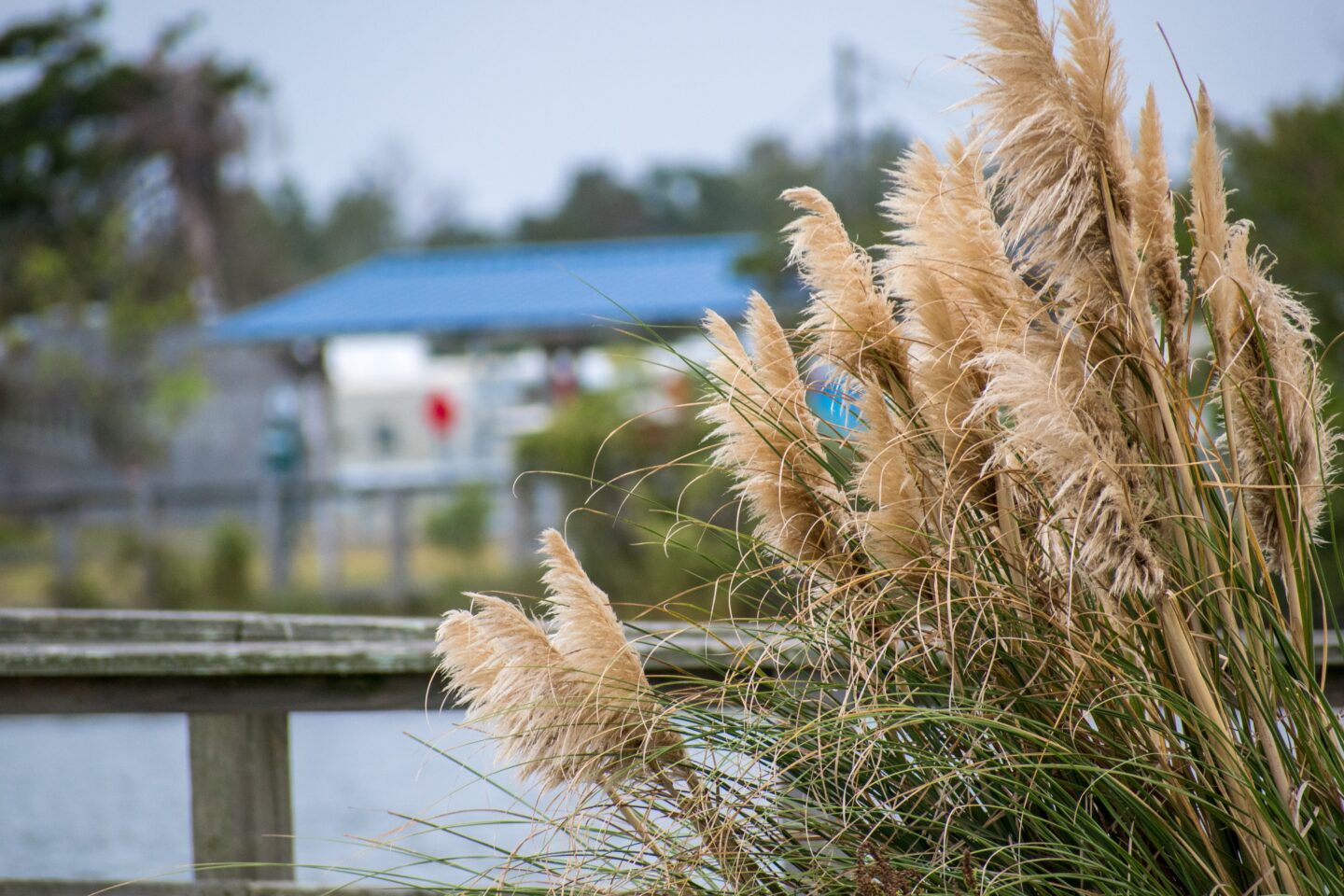
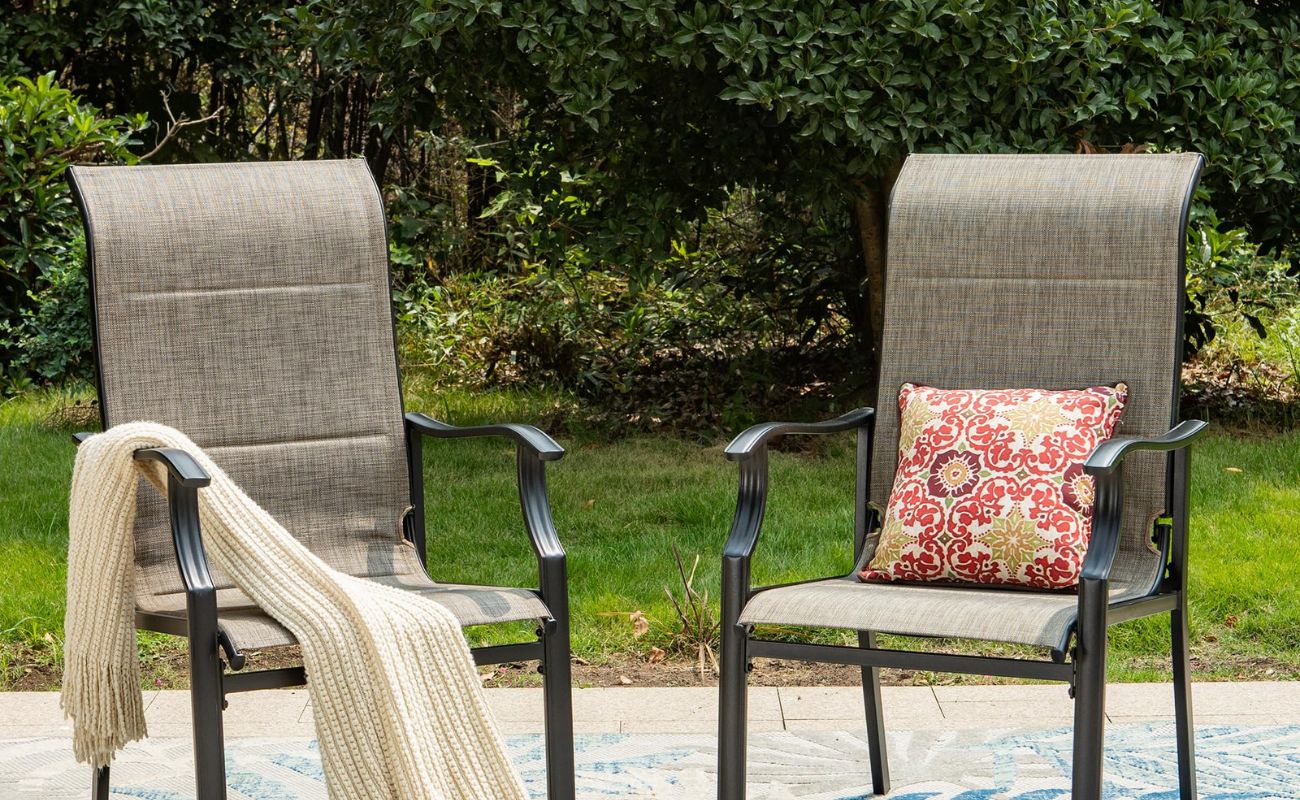
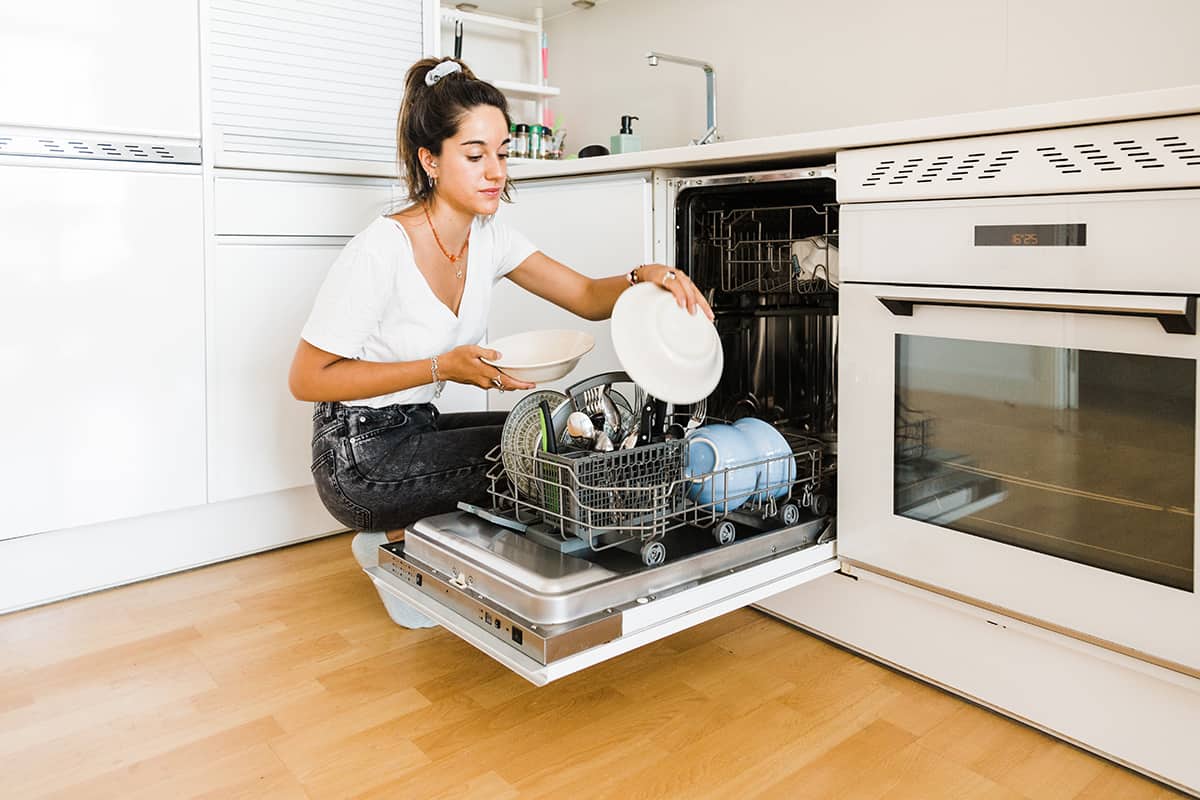
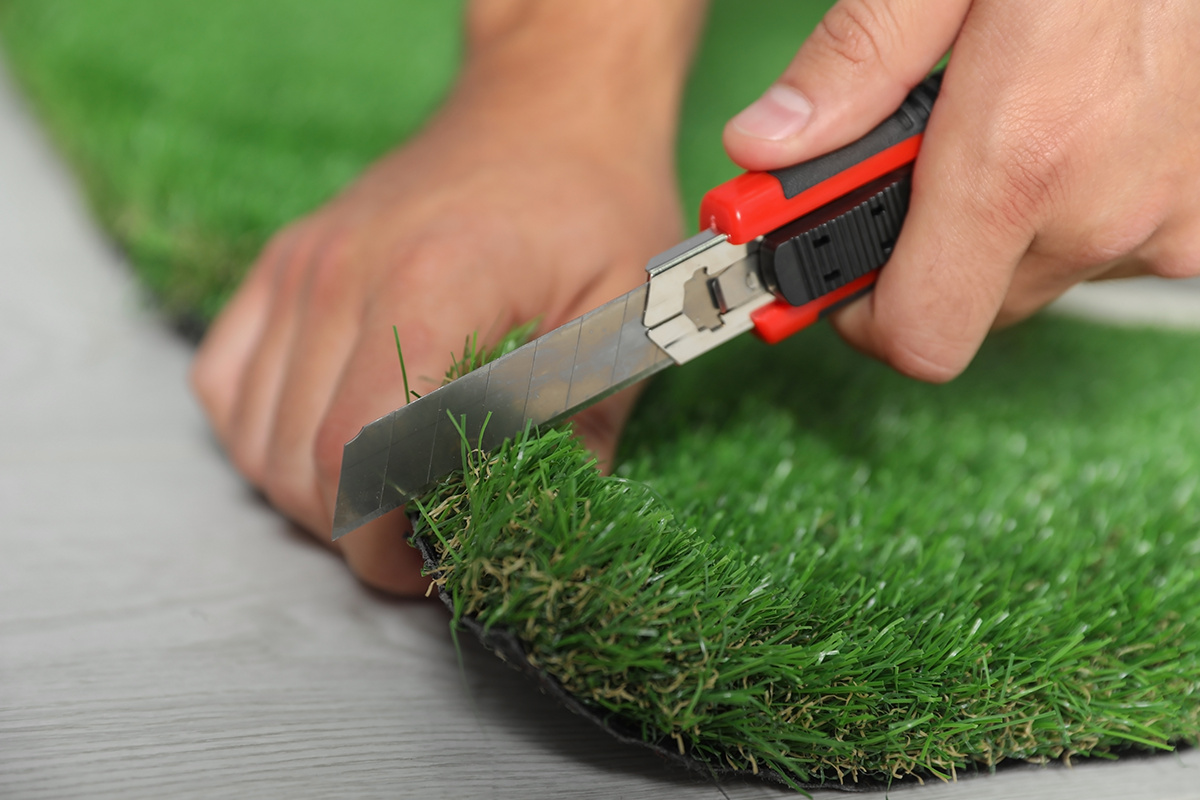
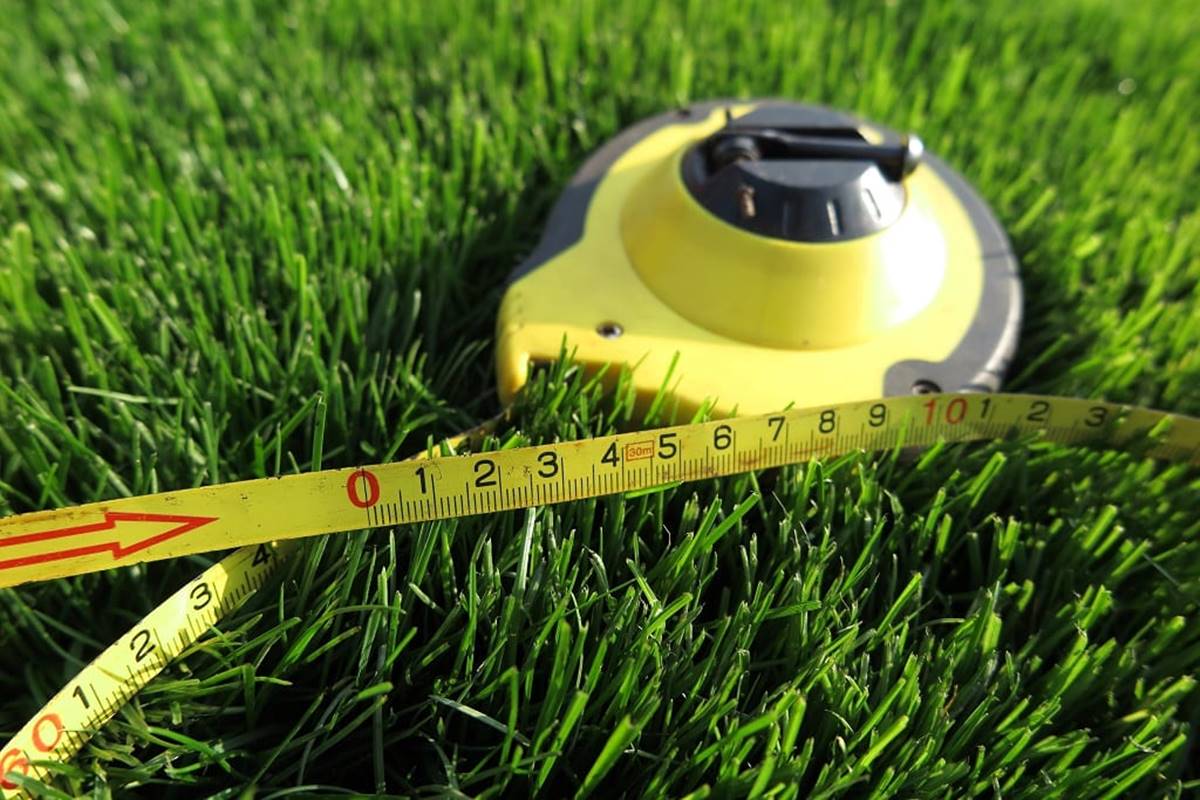
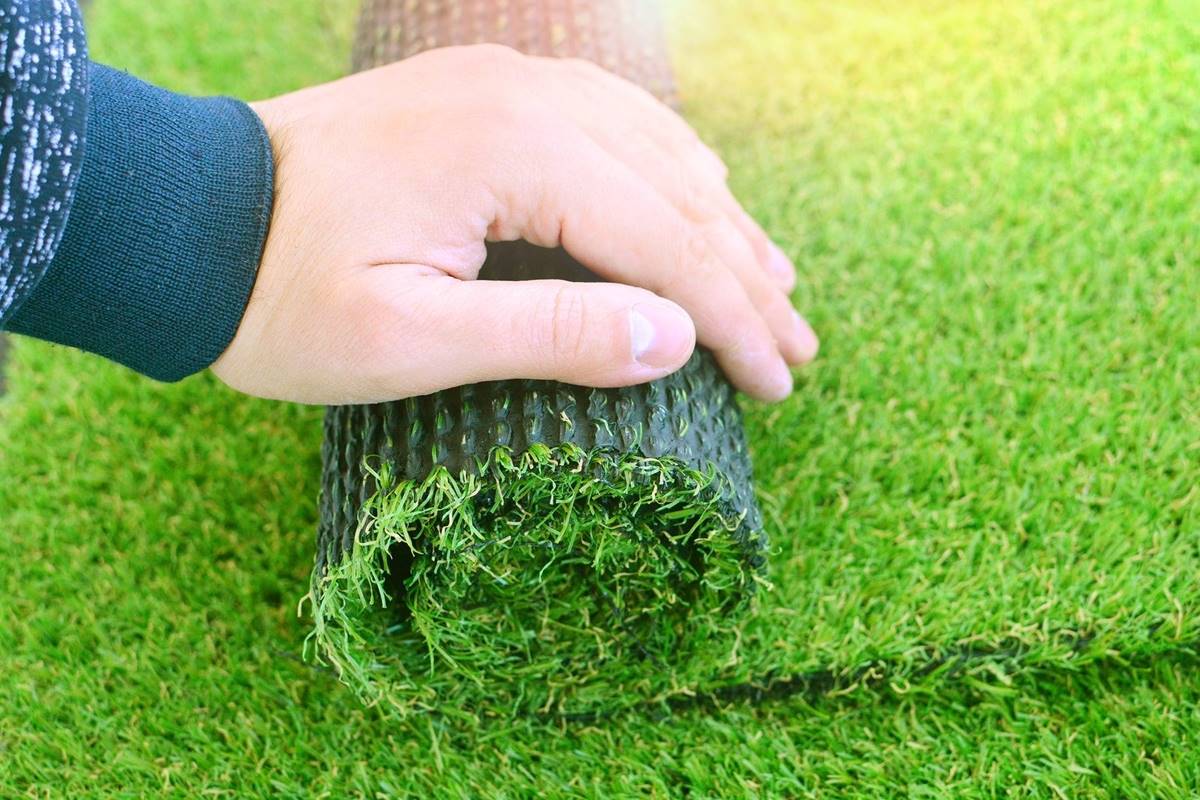
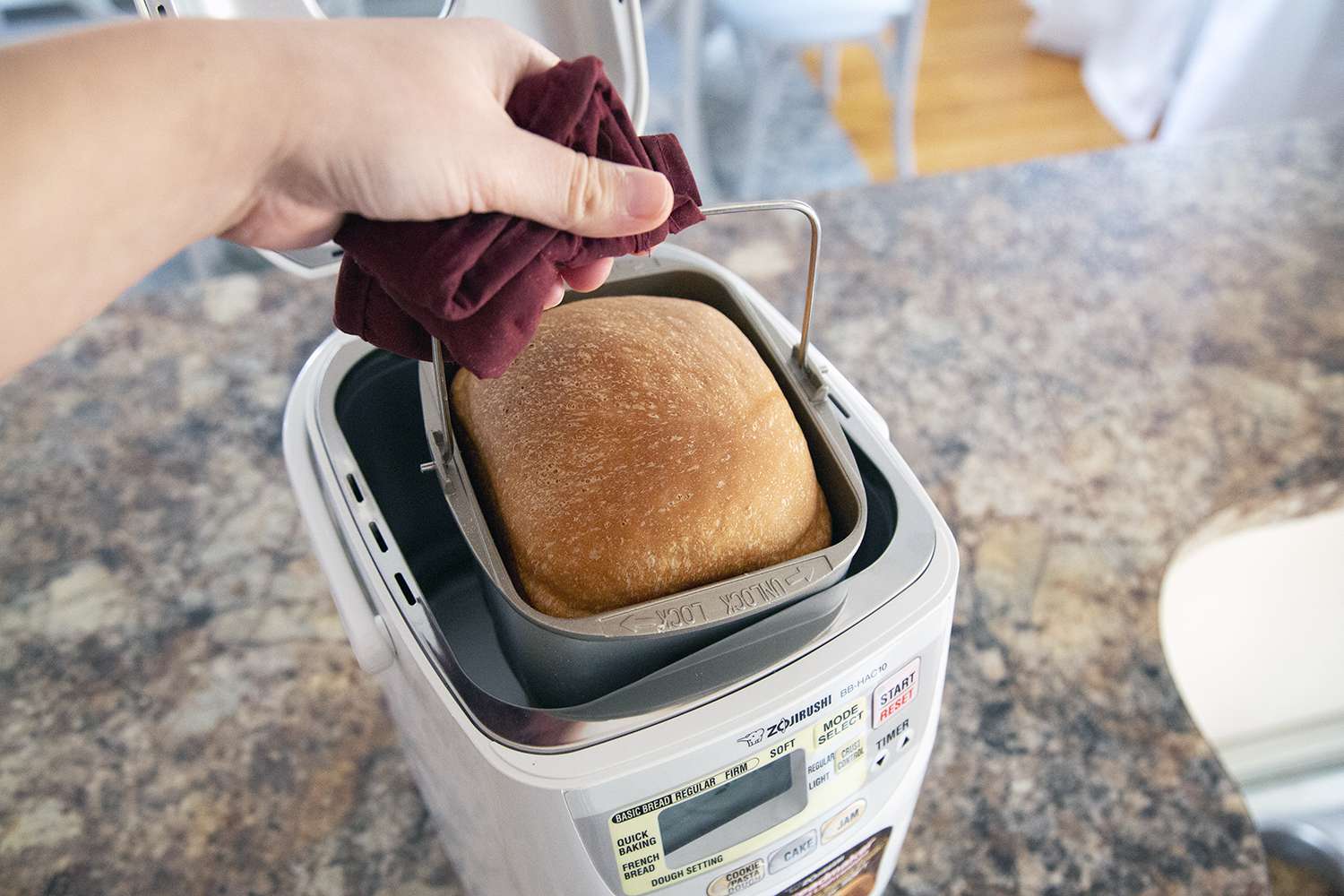
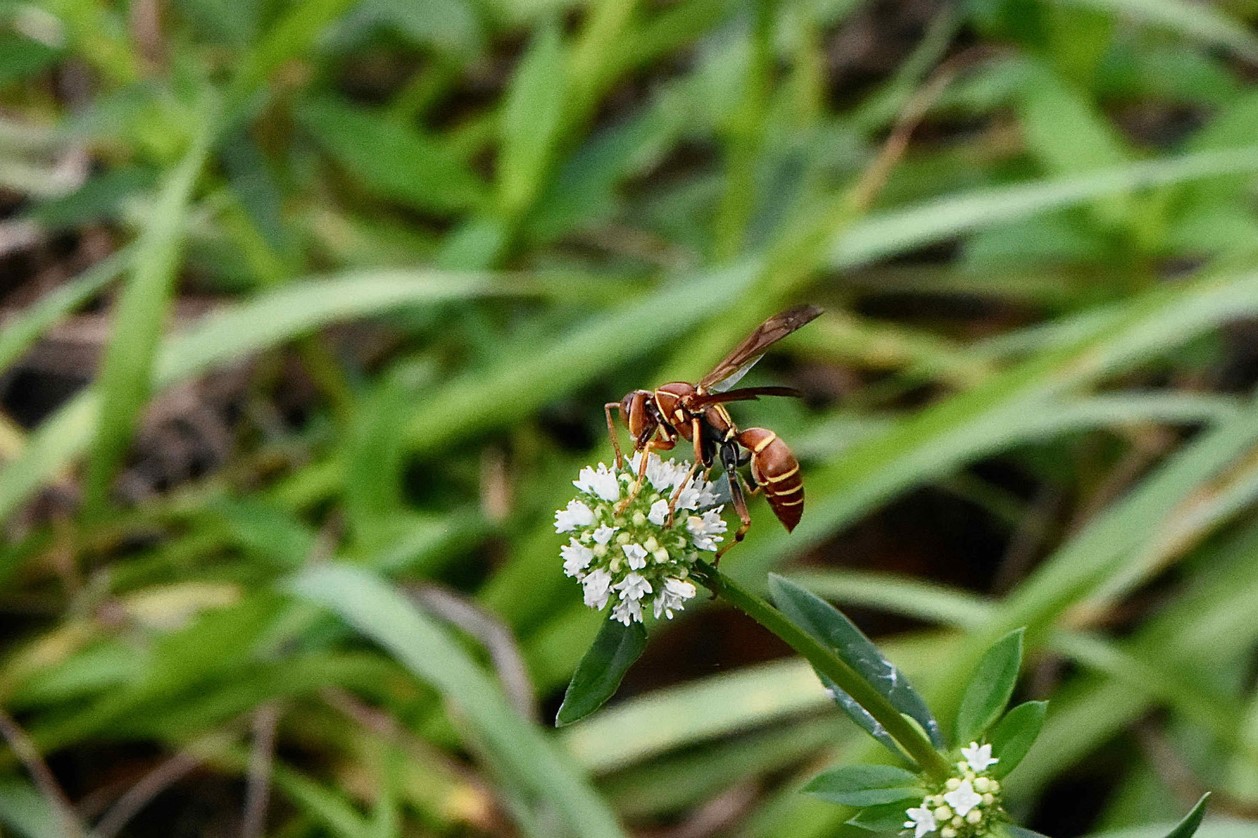
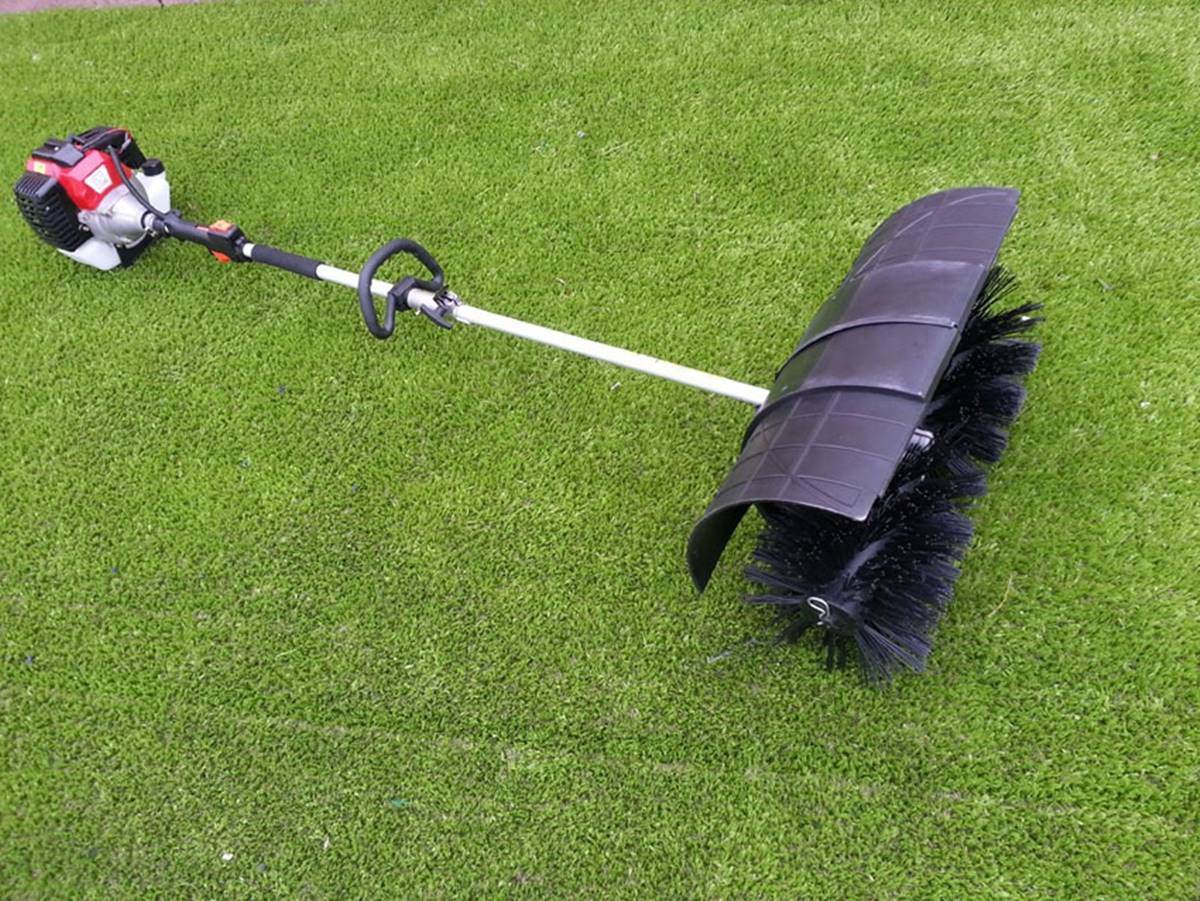

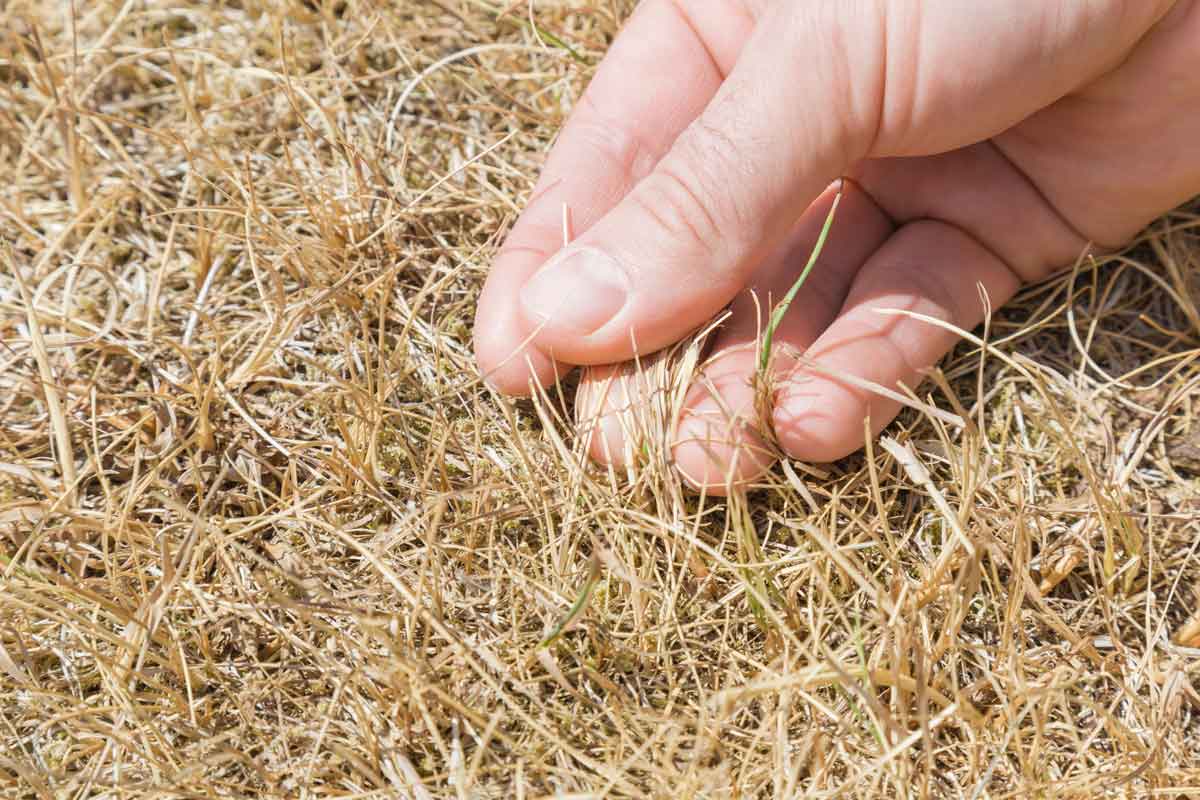
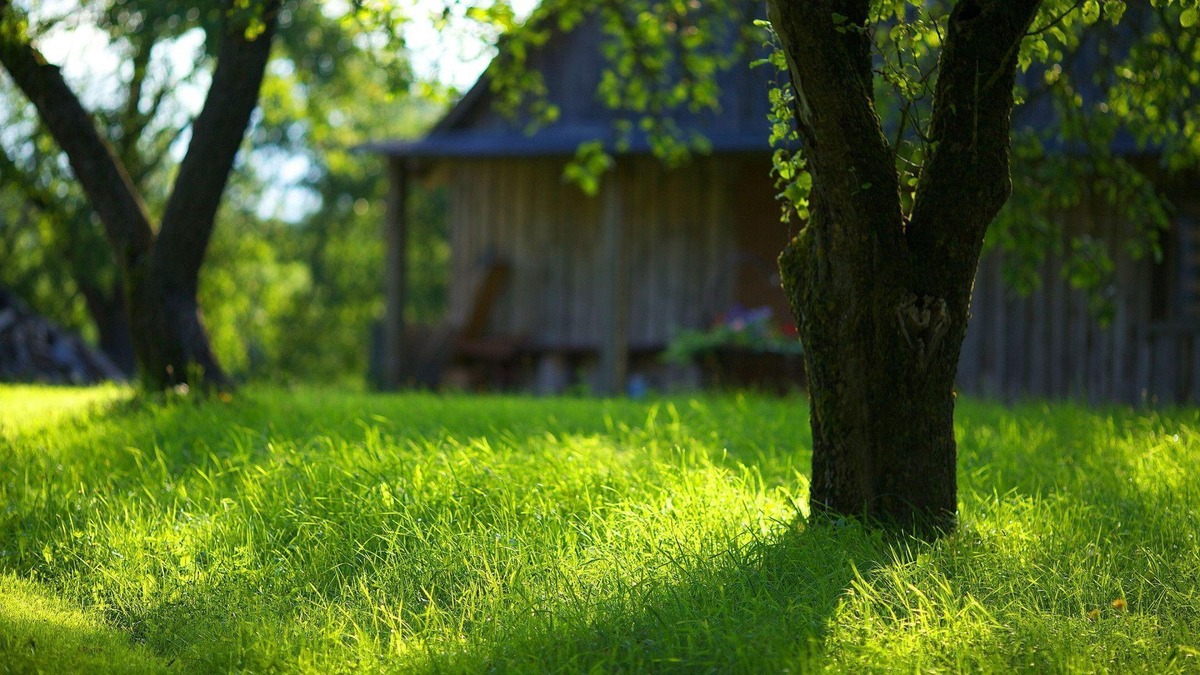

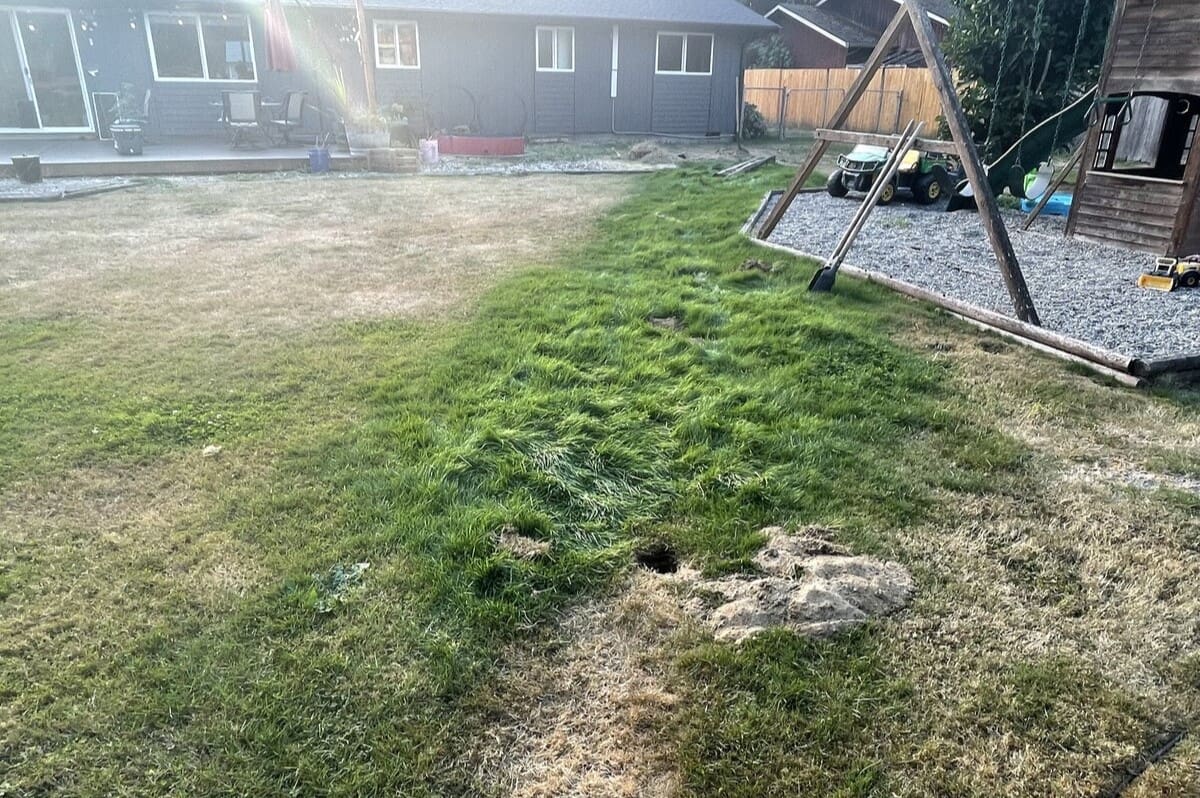

0 thoughts on “Why Is My Synthetic Grass Drying Out?”